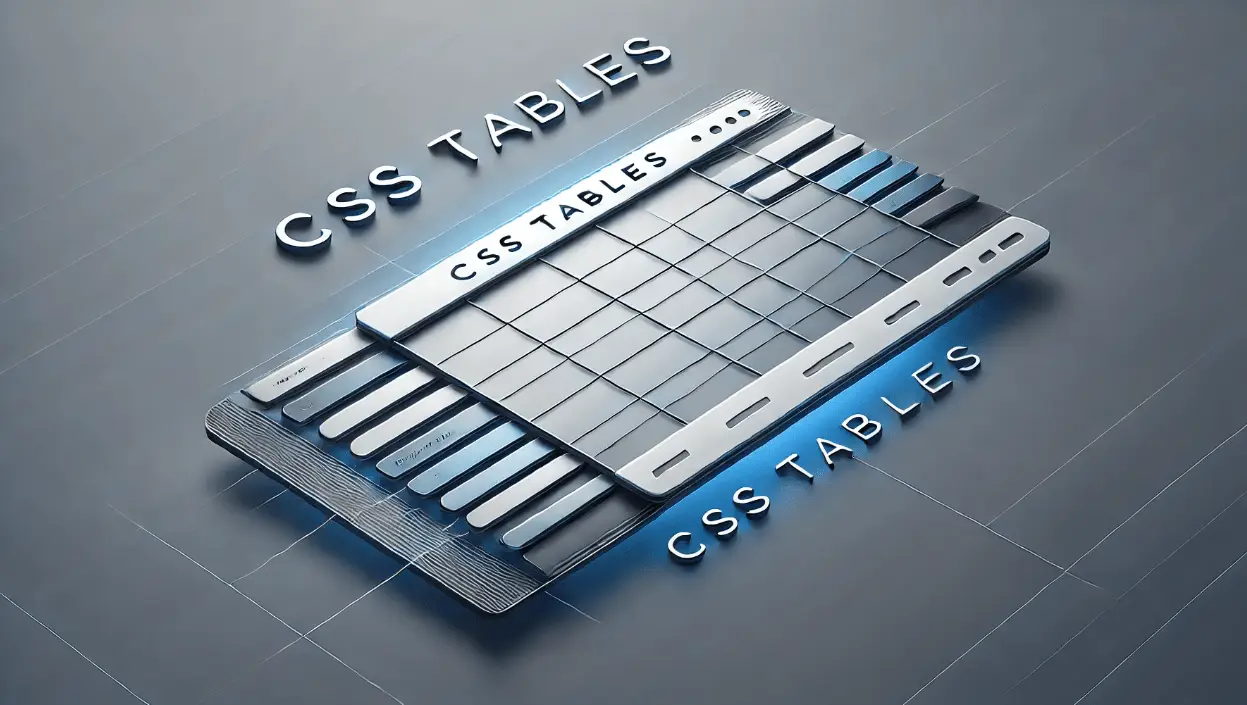CSS Tables
In CSS, tables can be created and styled using a combination of thetable,tr,td, and other related HTML elements. Here are the basic steps to create a simple table using HTML and CSS:
- Create a basic HTML table structure using the
table,tr, andtdelements.
<table> <tr> <td>Column 1</td> <td>Column 2</td> <td>Column 3</td> </tr> <tr> <td>Row 2, Column 1</td> <td>Row 2, Column 2</td> <td>Row 2, Column 3</td> </tr> </table>
- Apply CSS styles to the table and its elements using the
table,tr, andtdselectors.
table {
border-collapse: collapse;
width: 100%;
}
td, th {
border: 1px solid black;
padding: 8px;
text-align: left;
}
th {
background-color: #ddd;
font-weight: bold;
}
In this example, we’re using theborder-collapseproperty to collapse the borders of the table cells, thewidthproperty to set the table width to100%, and theborder,padding, andtext-alignproperties to style the individual table cells. We’re also using thethelement to create a header row with a different background color and bold text.
Here are some additional tips for styling tables in CSS:
- Use the
border-spacingproperty to add spacing between table cells. - Use the
captionelement to add a table caption. - Use the
thead,tbody, andtfootelements to group table rows and apply styles to specific parts of the table. - Use the
colgroupandcolelements to apply styles to specific columns of the table.
